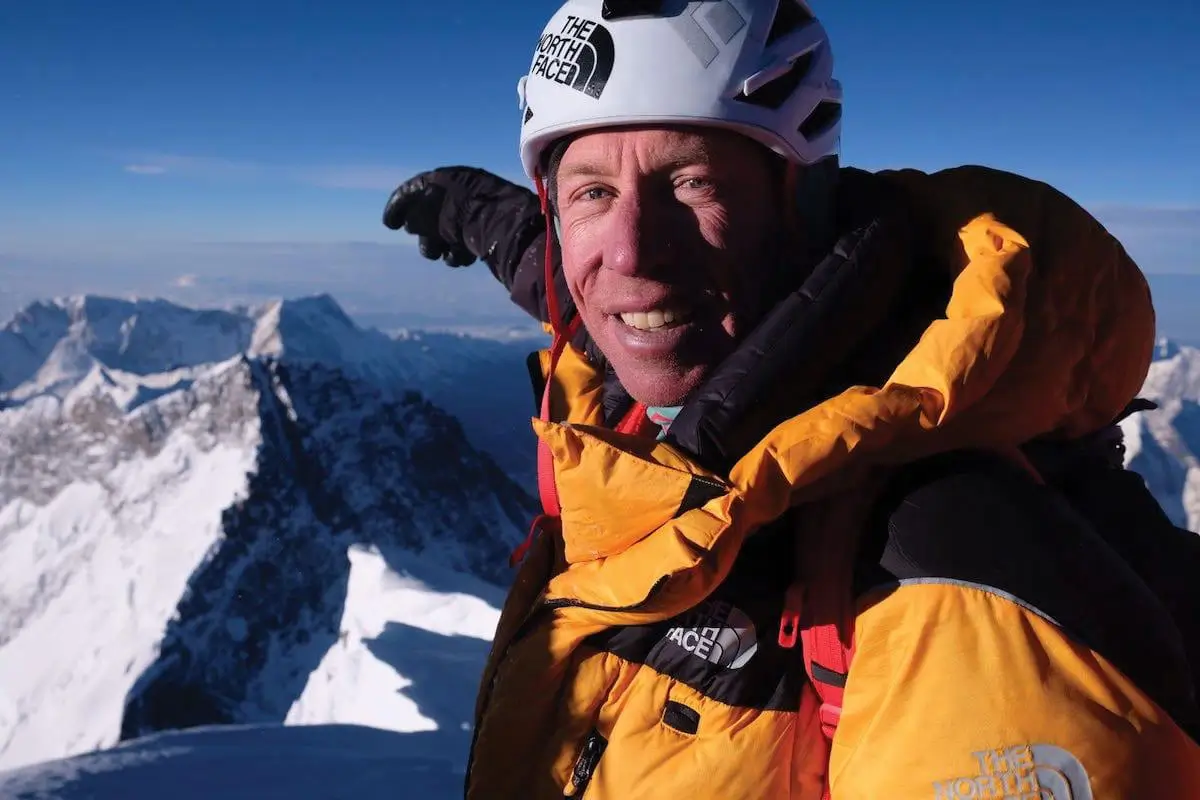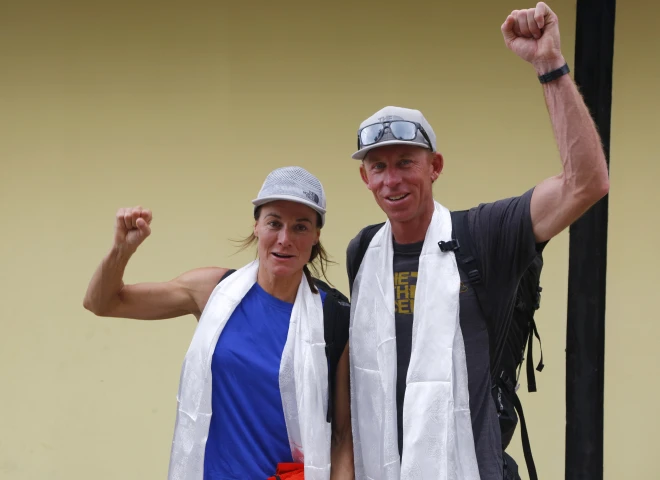First-Ever Ski Descent of Everest’s Deadly Face

Photo: jimwmorrison
On October 15, American mountaineer Jim Morrison, 50, achieved what no one had done before – he skied down Mount Everest’s North Face via the Hornbein Couloir, one of the most treacherous and technically demanding routes on Earth.
Morrison spent six and a half weeks on the mountain, reaching the 8,848-meter summit at 12:45 p.m. local time after a grueling push from Camp IV. His climb followed the same route he would later descend – a combination of the Hornbein and Japanese Couloirs, rarely used even by climbers attempting to summit Everest.
He was joined by a team of 11 climbers, including Sherpas, fixers, and a film crew led by National Geographic Explorer Jimmy Chin, who, along with Chai Vasarhelyi (the Oscar-winning directors of Free Solo), is producing a documentary on the expedition.
Conditions were extremely harsh, with temperatures dropping to -27°C. Upon reaching the summit, Morrison scattered the ashes of his late partner, Hilaree Nelson, who tragically died in 2022 on Manaslu. “I had a little chat with her and felt I could dedicate the whole day to her,” Morrison told National Geographic. “It felt like a tribute to Hilaree – something she would be proud of. I really felt her there with me, cheering me on.”

Dedicates the historic departure to his partner Hilaree Nelson (left), who died in the 2022 accident: Jim Morrison. Photo: picture alliance / AP / Niranjan Shrestha
Morrison and Nelson had previously made history together in 2018, completing the first ski descent of Lhotse (8,516m). Before Nelson’s death, the couple had been planning a Hornbein Couloir descent attempt for 2023.
After summiting, while the rest of his team began descending on foot, Morrison clipped into his skis and began his historic solo descent of the steep, 50-degree Hornbein Couloir, completing the run to Camp I at 6,100 meters on the Rongbuk Glacier in four hours and five minutes. At one section where the couloir was bare of snow, he was forced to remove his skis and abseil nearly 200 meters.
This marks the first-ever successful ski descent of the Hornbein Couloir – a line that has tempted and taken the lives of some of the world’s best alpinists. The couloir is widely regarded as the most direct and dangerous descent imaginable from Everest’s summit.
Previous attempts include Hans Kammerlander’s 1996 ski descent of the northeast flank and North Col, which required removing his skis several times due to poor snow conditions, and French snowboarder Marco Siffredi’s ill-fated 2002 attempt, during which he disappeared after entering the Hornbein Couloir.
Whether Morrison used bottled oxygen during his climb has not yet been confirmed. On previous expeditions, including Lhotse, he relied on supplemental oxygen. Morrison’s success comes just weeks after Polish skier Andrzej Bargiel made headlines for skiing down Everest’s south side without bottled oxygen, marking one of the most impressive ski descents in Himalayan history.
Morrison’s achievement through the Hornbein Couloir now stands as a defining milestone in both skiing and high-altitude mountaineering – a powerful testament to skill, perseverance, and personal tribute.
